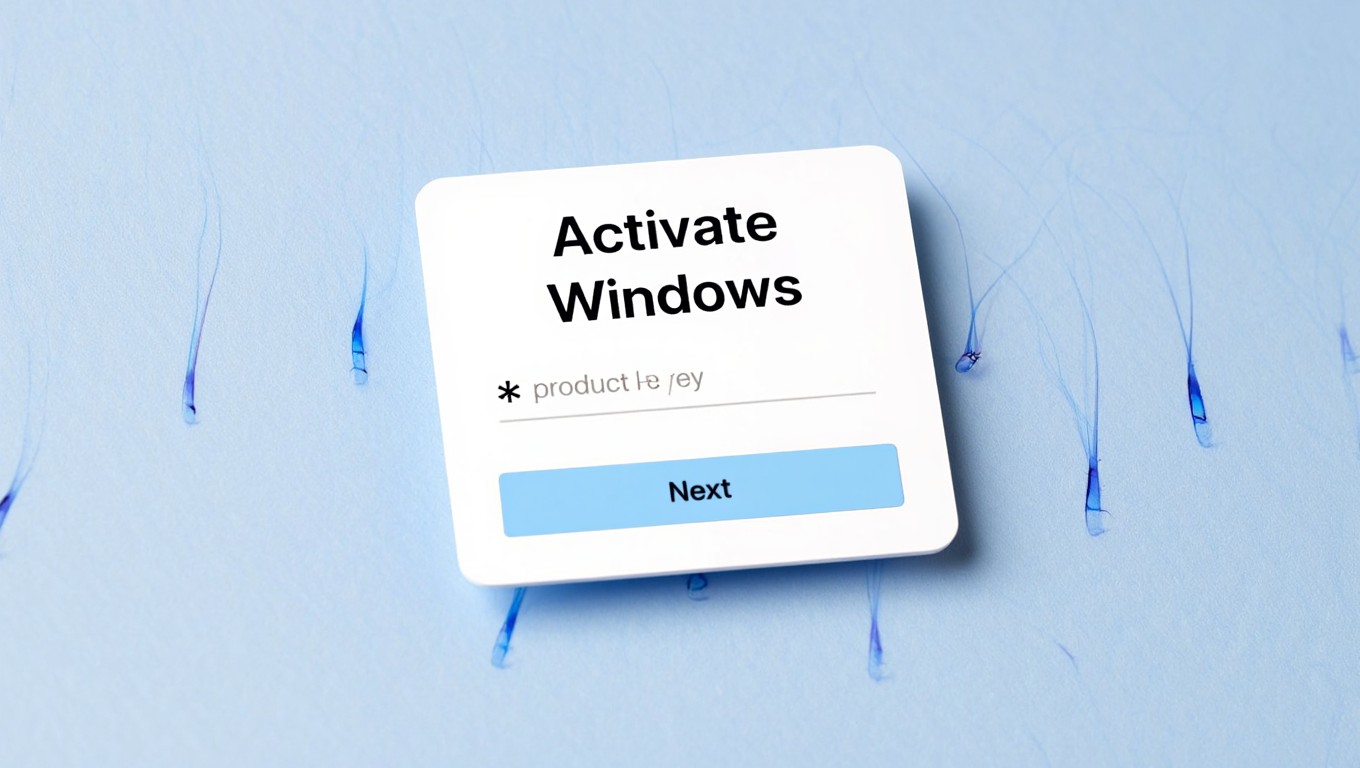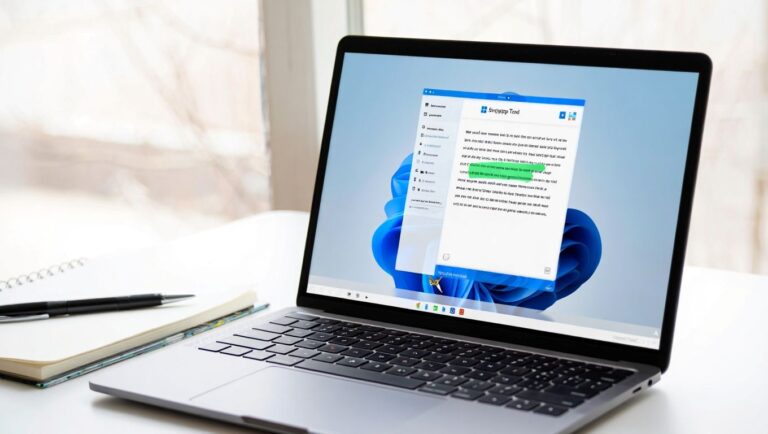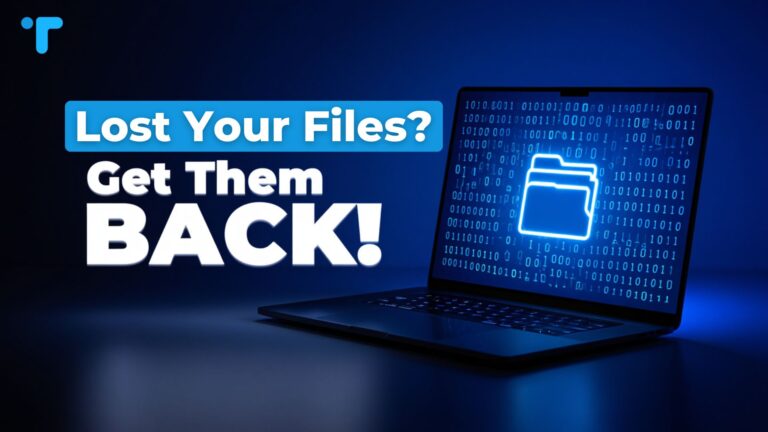Managing Windows activation and licensing can often seem daunting, especially without a graphical interface. Fortunately, Windows provides a powerful command-line tool called slmgr (Software Licensing Management Tool) that allows users to perform various licensing tasks efficiently. This guide will walk you through the essential slmgr commands, their usage, and practical scenarios where they can be applied.
What is slmgr?
slmgr.vbs is a Visual Basic script included in Windows that serves as a command-line tool for managing the operating system’s licensing and activation. It allows users to install and change product keys, activate Windows, and check its current activation or licensing status. It also supports tasks such as extending the activation grace period (rearming) and troubleshooting activation-related issues.
Basic Syntax of slmgr
To use the slmgr tool, open Command Prompt as an administrator and enter the command followed by the appropriate parameter:
slmgr.vbs <parameter>
Note: The .vbs extension stands for Visual Basic Script, as slmgr is essentially a script-based utility.
Common slmgr Commands and Their Usage
1. View Activation Status
slmgr.vbs /xpr
Displays whether your copy of Windows is permanently activated or has an expiration date.
2. View Detailed License Information
slmgr.vbs /dlv
Provides detailed information, including activation ID, product key channel, and license status.
3. Install a New Product Key
slmgr.vbs /ipk <your-product-key>
Replace <your-product-key> with your actual product key.
4. Activate Windows
slmgr.vbs /ato
Attempts to activate Windows online using the installed product key.
5. Uninstall Current Product Key
slmgr.vbs /upk
Removes the current product key from the system (does not deactivate online).
6. Re-arm Windows Activation
slmgr.vbs /rearm
Resets the licensing status to extend the trial period.
Practical Use Cases
- System Administrators: Automate license management across multiple machines.
- IT Support: Quickly troubleshoot activation issues.
- Tech Enthusiasts: Extend evaluation periods during testing.
Troubleshooting slmgr Issues
- Ensure you’re running Command Prompt as an administrator.
- Some commands may take time to execute — be patient.
- Errors often relate to invalid keys, time sync issues, or volume license misconfigurations.
Final Thoughts
The slmgr tool is a powerful utility that every Windows user — especially system administrators — should be familiar with. With just a few commands, you can gain full control over your system’s licensing and activation, saving time and avoiding GUI-related complications.
Keep this guide handy for efficient license management tasks.
slmgr Parameters Reference Table
| Parameter | Description |
|---|---|
| /xpr | Shows the activation status of the system |
| /dlv | Provides detailed license information |
| /dli | Displays basic license information |
| /ipk KEY | Installs a new product key (replace KEY with your actual key) |
| /ato | Activates Windows using the installed key |
| /upk | Uninstalls the current product key |
| /cpky | Clears the product key from the registry |
| /rearm | Resets the licensing status and extends the grace period |
| /skms ADDRESS | Sets a KMS server address |
| /ckms | Clears the name of the KMS server |
| /skhc | Sets the KMS host caching status |
| /ckhc | Clears the KMS host caching status |









